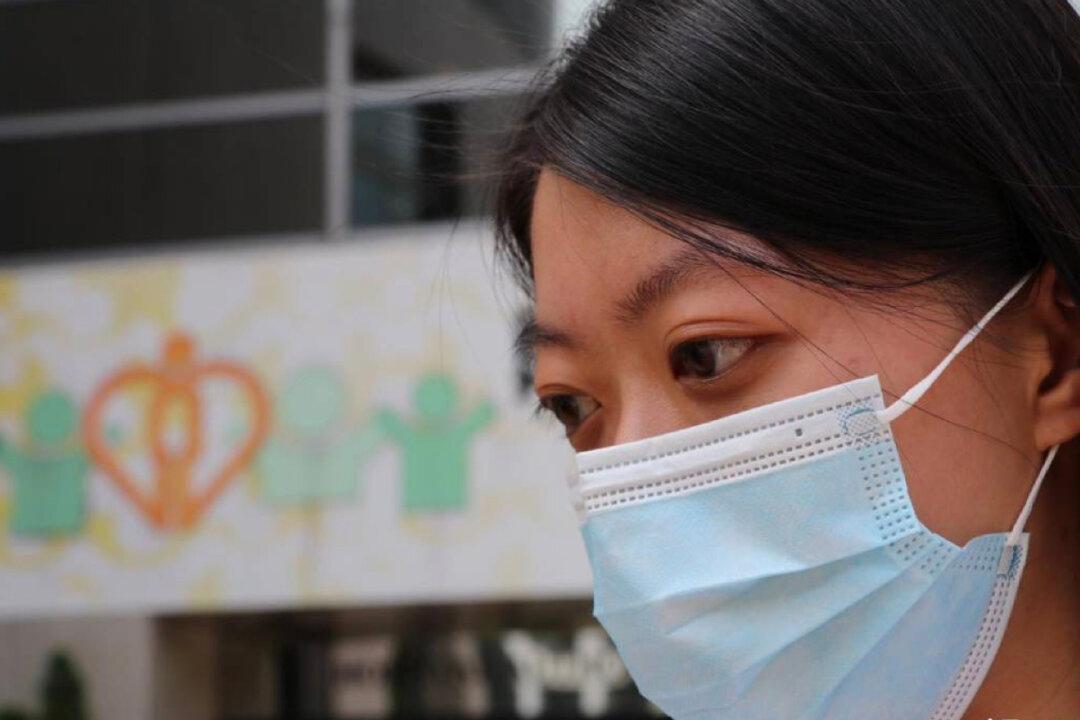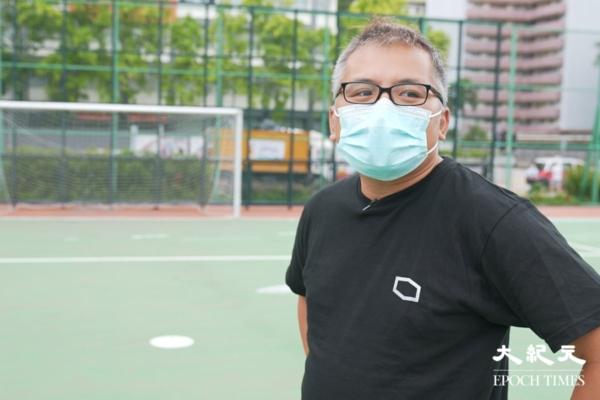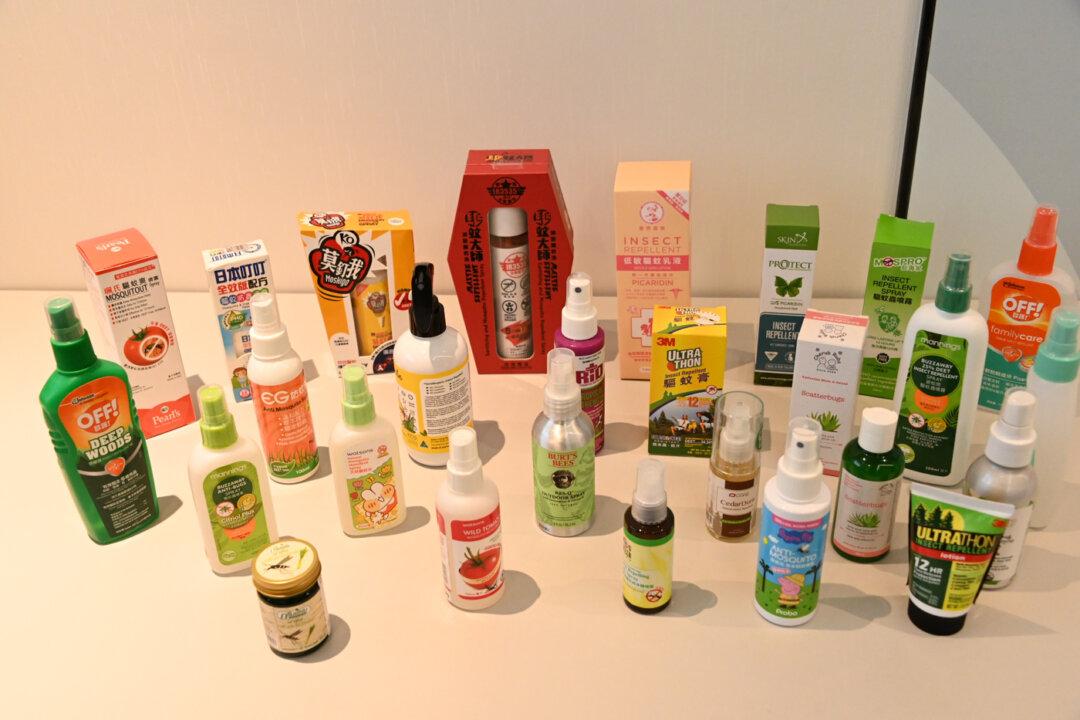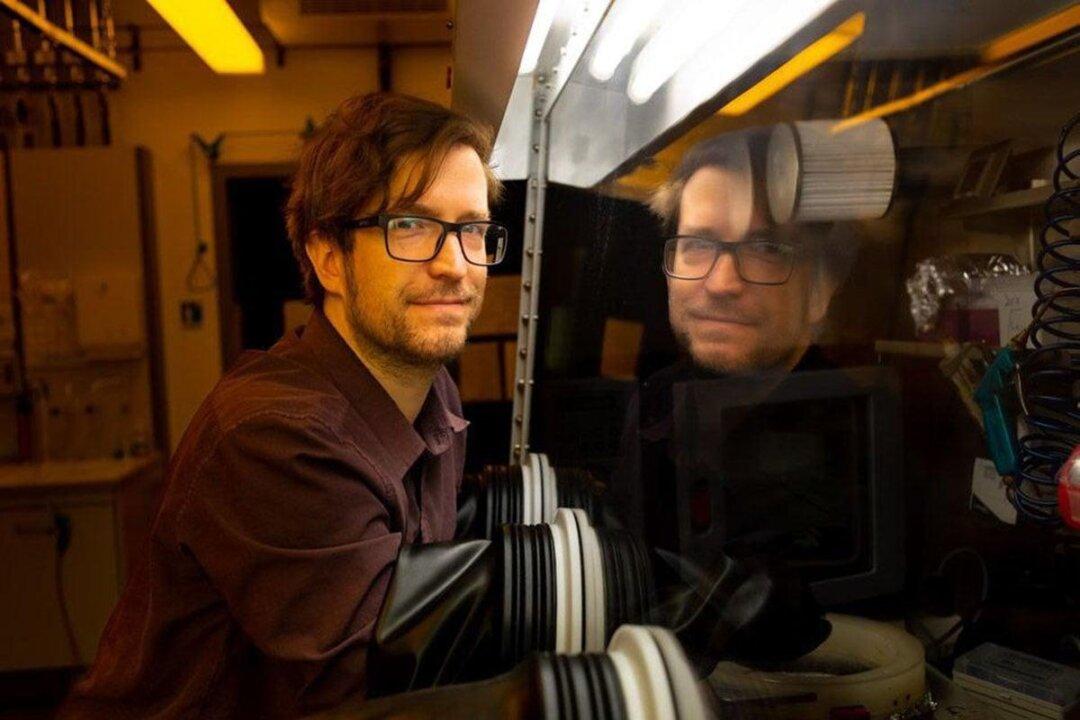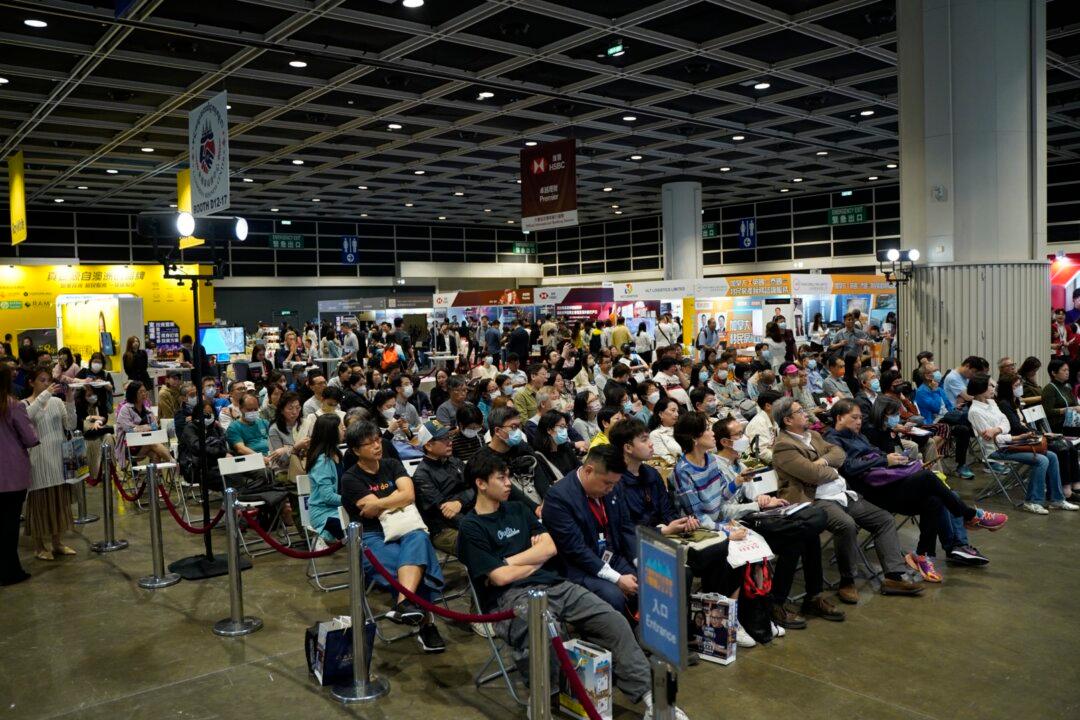Hong Kong’s medical workers were put in jail, some self-exiled, and the union was crushed, leading to helplessness in the post-national security law era. As the past three years swept away many committed workers from their jobs, an ex-union member chose to live her own revolution.
Medical workers had a distinct voice during the time of the 2019 anti-extradition movement as well as during the outbreak of the Covid-19 endemic. At its peak, the union boasted a membership of 20,000. The figure, however, dropped to around 700 as disbandment neared.
